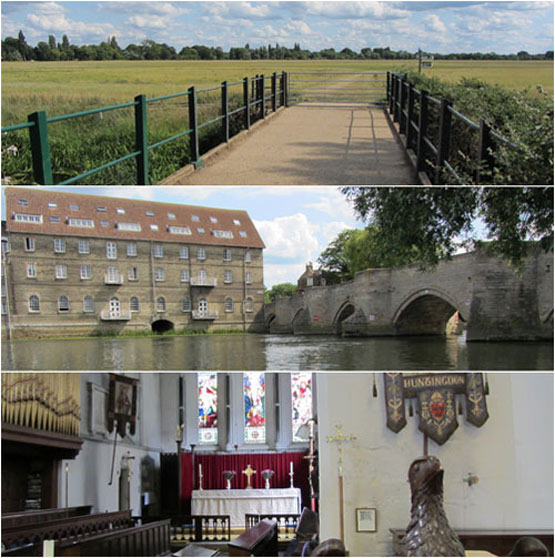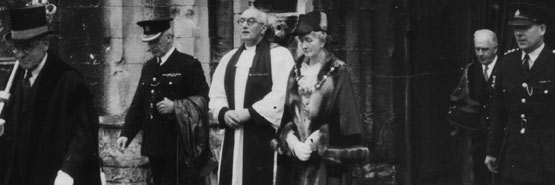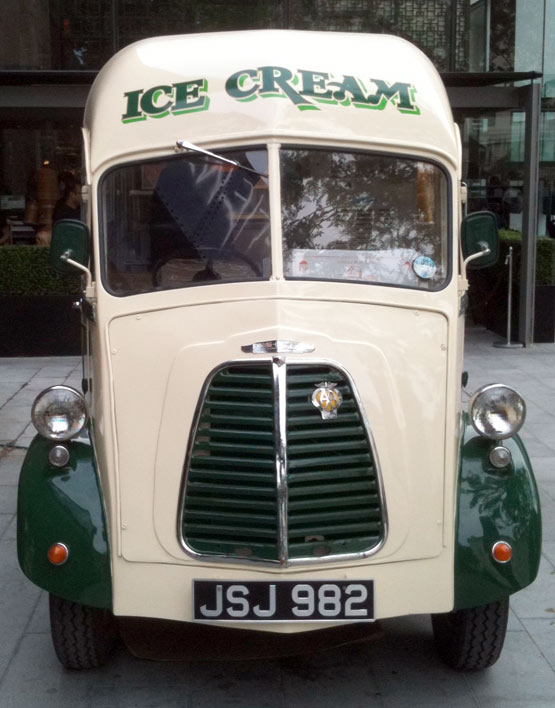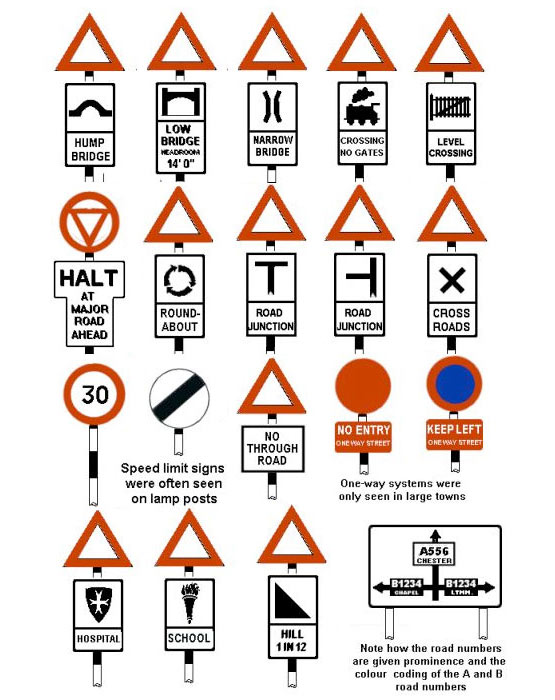Scenes From Childhood
June 11, 2011 • Feeling My Age • Comments
Sometimes travelling in distance can be a bit like travelling in time. Found myself revisiting the scene of some of my earliest childhood memories this weekend… For a full set of pix see the slideshow on Flickr
In the early fifties Huntingdon was still a small county town, chartered by King John in 1205 and with Oliver Cromwell among its former MPs. It was the small, sleepy hub of a small, sleepy county – there were so few people with telephones that my grandmother’s number was Huntingdon 351. The whole population was something like five or six thousand and this 1951 snapshot shows The Causeway completely empty of cars.

My great uncle was rector of St Mary’s parish church there and lived in the imposing red brick vicarage from 1938-1970, while Dad, Mum and us two boys settled in nearby Godmanchester, just a mile up the River Ouse. Every Sunday my atheist father required his two sons to attend morning service at St Mary’s. Perhaps out of family loyalty or perhaps – as he claimed – because he wanted us to know what we were rejecting if we opted to follow in his godless footsteps.
In the seventies – long after Uncle Alexander had retired and the rest of the family died or moved away – Huntingdon got swallowed by the neighbouring country of Cambridgeshire. Visiting it today the population has more than quadrupled. A vast concrete flyover has been driven across the nearby watermeadows while the ringroad brutally gouged through the town centre is like a badly-healed razor scar across the face of an old friend.
So Huntingdon may be much bigger but it’s also much diminished compared to the county town of which my grandma was the first woman mayor in 800 years. Back in 1954, that was quite a big deal. Today, wandering past the closed arcades and charmless redevelopments along its high street, it’s hard to imagine anyone nowadays giving a toss one way or the other.
That said, even if it was possible, I wouldn’t go back and live amid the quaint rural racism, sexism and homophobia of 1950s Huntingdon, not for a million quid in old money. The good old days are definitely here and now.






